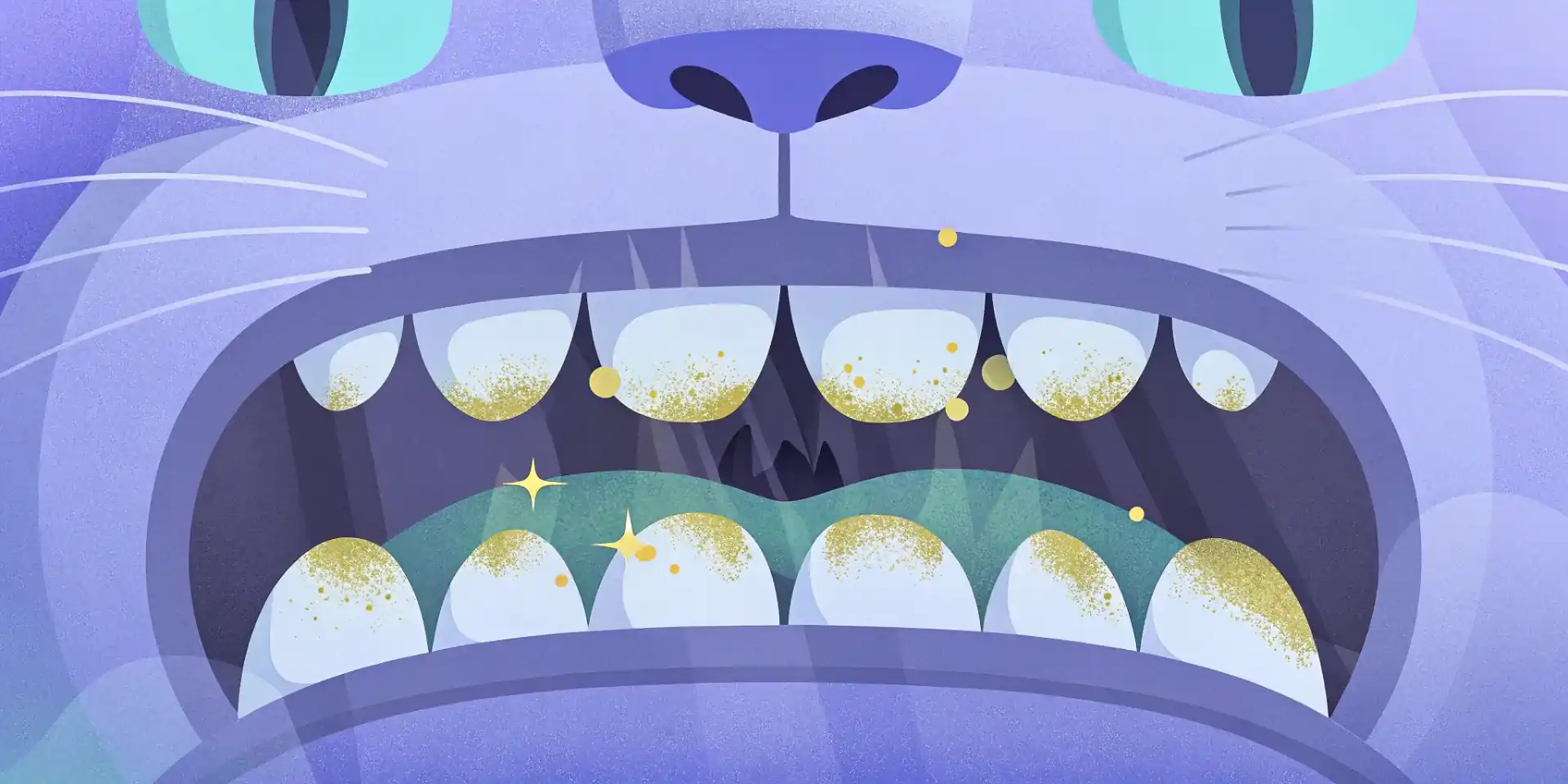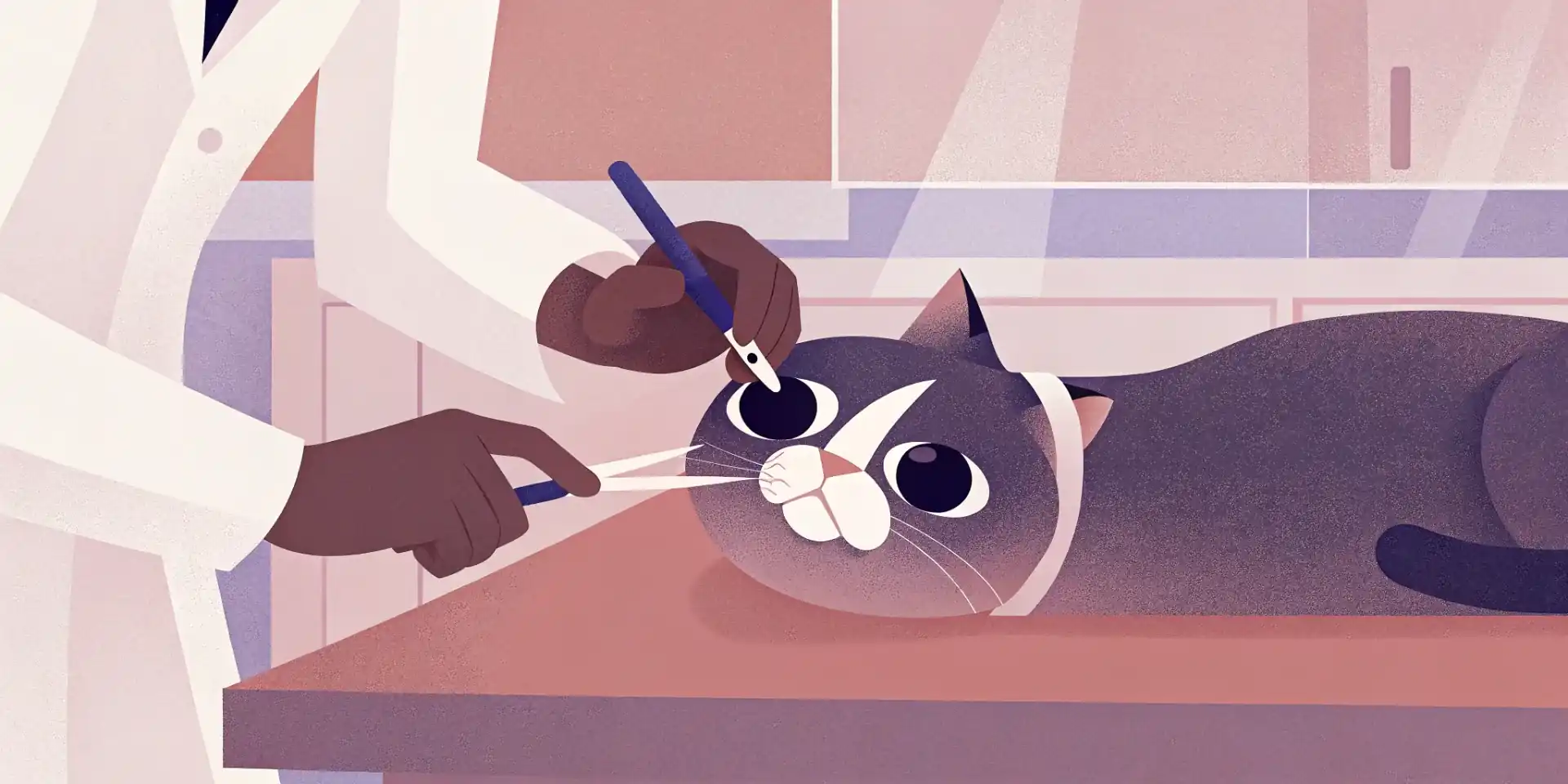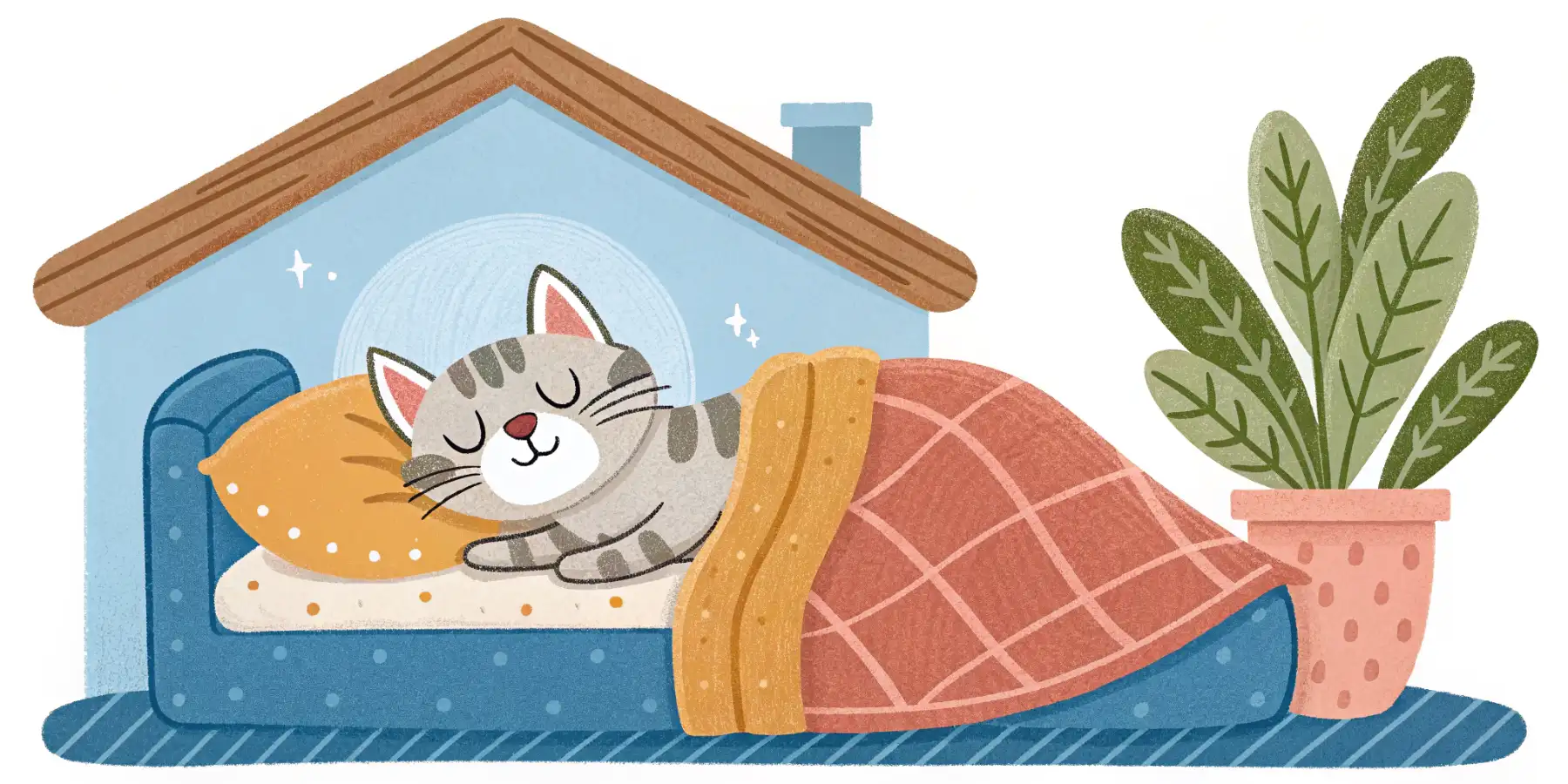
Healthy Cat Teeth: Stop Tartar & Save Smiles
Cat tartar got you worried? Learn to prevent dental disease & keep your kitty smiling! #cathealth #dentaltips
Feline Dental Health: Preventing Tartar, Gingivitis, and Tooth Loss in Your Cat
As a veterinary professional, I can’t stress enough how important dental care is for your feline friend. Often overlooked, a cat’s oral health is directly linked to their overall well-being. Poor dental hygiene can lead to painful conditions like tartar buildup, gingivitis, and eventually, tooth loss. It can even contribute to more serious health problems like kidney and heart disease. So, let’s dive into the world of feline dental health and learn how to keep those pearly whites – or should I say pearly yellows, depending on their diet! – in tip-top shape.
Understanding the Problem: Tartar, Gingivitis, and Periodontal Disease
So, what exactly are we fighting against? The primary culprits are:
- Tartar: This hardened plaque is a breeding ground for bacteria. It’s that yellowish-brown crust you might see on your cat’s teeth, especially near the gum line.
- Gingivitis: Inflammation of the gums, often caused by tartar buildup. Red, swollen gums that bleed easily are classic signs.
- Periodontal Disease: This is the advanced stage of gingivitis. The inflammation spreads deeper, affecting the tissues and bone that support the teeth, eventually leading to tooth loss. Periodontal disease in cats is progressive, but thankfully, preventable.
Left untreated, these conditions can be incredibly painful for your cat, making it difficult for them to eat and even affecting their mood. I’ve seen cats completely transform after dental procedures, becoming more playful and affectionate once the pain is gone.
Signs Your Cat Might Have Dental Problems
Cats are masters at hiding pain, so it’s crucial to be observant. Here are some telltale signs of feline dental issues:
- Bad Breath: Often the first noticeable sign! (And trust me, it’s not always cute “cat breath.”)
- Drooling: Excessive drooling, especially if it’s tinged with blood.
- Pawing at the Face: Your cat might be trying to relieve discomfort.
- Difficulty Eating: Hesitation when eating, dropping food, or chewing on only one side of the mouth.
- Red, Swollen Gums: A clear indicator of gingivitis.
- Loose Teeth: A sign of advanced periodontal disease.
- Changes in Behavior: Irritability, decreased appetite, or reluctance to be touched near the face.
If you notice any of these signs, schedule a visit with your veterinarian immediately. Don’t wait! Early intervention is key to preventing serious problems.

Image: A detailed view showcasing tartar accumulation on a cat’s teeth, emphasizing the importance of regular dental cleaning.
Preventing Dental Problems: A Proactive Approach
The best way to combat feline dental disease is through prevention. Here are some effective strategies:
-
Regular Brushing: Yes, you can brush your cat’s teeth! It’s the gold standard for dental care. Use a pet-specific toothbrush and toothpaste (never human toothpaste – it’s toxic to cats!). Start slowly, making it a positive experience with treats and praise. In my experience, consistency is key. Even brushing a few times a week can make a big difference. Learning how to brush your cat’s teeth properly is an important skill.
-
Dental Chews and Toys: Certain dental chews and toys are designed to help remove plaque and tartar as your cat chews. Look for products that are specifically formulated for cats and approved by your veterinarian. Make sure to supervise your cat while they are chewing to prevent choking hazards.
-
Dental Diets: Some dry cat foods are formulated to promote dental health. These diets often have larger kibble sizes that encourage chewing, helping to scrape away plaque. The best dental cat food also contains ingredients that help prevent tartar formation.
-
Professional Dental Cleanings: Just like humans, cats benefit from regular professional dental cleanings. Your veterinarian can perform a thorough cleaning under anesthesia, removing tartar and plaque from above and below the gum line. In my opinion, this is the most effective way to prevent advanced periodontal disease. Regular veterinary check-ups and dental cleanings are critical for your cat’s oral health.

Image: A cat happily chewing on a dental toy, highlighting a fun and effective method for dental hygiene.
Understanding the Importance of Diet
Diet plays a huge role in your cat’s overall health, including their dental health. While dry food is often recommended for dental benefits, it’s not a magic bullet. The right kind of dry food, specifically designed for dental care, can help reduce plaque and tartar build-up, but the key is proper chewing.
Wet food alone can sometimes contribute to dental problems, as it tends to stick to the teeth more easily. However, a balanced diet with a combination of wet and dry food, along with regular dental care, is generally the best approach.
What to Expect During a Professional Dental Cleaning
A professional dental cleaning involves several steps:
- Physical Examination: Your veterinarian will assess your cat’s overall health before the procedure.
- Anesthesia: Anesthesia is necessary for a thorough cleaning and to prevent your cat from experiencing pain or stress.
- Scaling and Polishing: Using specialized instruments, the veterinarian will remove plaque and tartar from all tooth surfaces, including below the gum line.
- Dental X-rays: X-rays help to identify any hidden problems, such as root abscesses or bone loss.
- Treatment: If any problems are found, they will be addressed during the cleaning, such as extractions or root canals (in some cases).
- Post-Operative Care: Your veterinarian will provide instructions on how to care for your cat after the procedure, including pain management and diet recommendations.

Image: A veterinarian carefully cleaning a cat’s teeth during a professional dental cleaning procedure, showcasing the expertise involved.
Addressing Common Concerns About Feline Dental Care
Many pet owners have concerns about the cost and risks associated with dental cleanings, particularly the anesthesia. I understand those concerns, and it’s important to discuss them with your veterinarian. Modern anesthesia protocols are very safe, and the benefits of a thorough dental cleaning far outweigh the risks.
Furthermore, think of a dental cleaning as an investment in your cat’s long-term health. Preventing dental disease can save you money on more expensive treatments down the road.
Final Thoughts
Feline dental health is not just about having a pretty smile; it’s about ensuring your cat lives a happy, healthy, and pain-free life. By taking a proactive approach to dental care, you can prevent serious problems and keep your furry friend purring for years to come. Don’t underestimate the power of a good toothbrush and a loving touch! If you’re still unsure about how to best care for your cat’s teeth, ask your veterinarian to teach you how to prevent dental problems in your cat during your next checkup.

Image: A vibrant image portraying a healthy, content cat with a clean and bright smile, representing optimal dental health and well-being.


